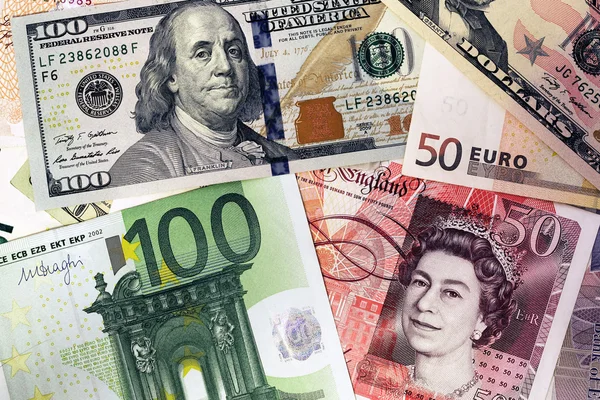After reaching a new one-year high on Wednesday, GBPUSD saw an intraday change.
The GBPUSD pair soared to a new one-year high on Wednesday. But it failed to benefit from the rise and ultimately ended the day essentially unchanged.
Following the announcement of the most recent US consumer inflation numbers. The US Dollar (USD) saw a general decline, giving the major an adequate intraday boost.
The headline US CPI did, in fact, increase by 0.4% in April. According to the US Bureau of Labor Statistics, and the annual rate declined from 5% to 4.9%. Marking the weakest increase since April 2021. The Core CPI, which does not include the variable costs of food and energy, came in at 0.4% for the reporting month. And dropped from 5.6% to 5.5% on an annual basis, which was in line with consensus expectations. The statistics confirmed prior findings without any big surprises. Rumors that rate increases by the Federal Reserve (Fed) are almost over. The US Treasury bond rates then began to decline again. Which put great downward pressure on the pair.
The advent of some USD dip-buying pushes spot prices Thursday closer to the 1.2600 level.
The GBPUSD pair was driven back towards the 1.2600 level during the Asian session on Thursday. As some USD dip-buying emerged, but the strong intraday bullish move ran out of steam towards the 1.2680 range.
In addition, traders will be guided by the US economic calendar on Thursday, which includes the publication of the Producer Price Index (PPI) and the customary Initial Weekly Jobless Claims later in the early North American session. Prior to the release of the UK GDP data, this will affect the USD price dynamics and give the GBPUSD pair some momentum, coupled with Fed Governor Christopher Waller’s scheduled speech and the US bond rates. But given the aforementioned underlying landscape, it appears that spot price growth will encounter the least opposition to the upward. Any reversal in course represents a purchasing opportunity.
As investors wait for the critical BoE monetary policy announcement, the downside appears cushioned.
The Bank of England (BoE) is expected to raise interest rates by another 25 basis points later today, so the downside is still cushioned.
The National Institute of Economic and Social Research (NIESR) earlier today released updated economic estimates that showed the underlying inflation in Britain has not yet shown any signs of rising. In the fourth quarter of 2023, the UK think tank predicted annual consumer price inflation would be 5.4%, far higher than expectations from the BoE and the government’s budget watchdog. This might discourage traders from making wagers against the British Pound and keep the major strong as the big central bank event risk approaches.









